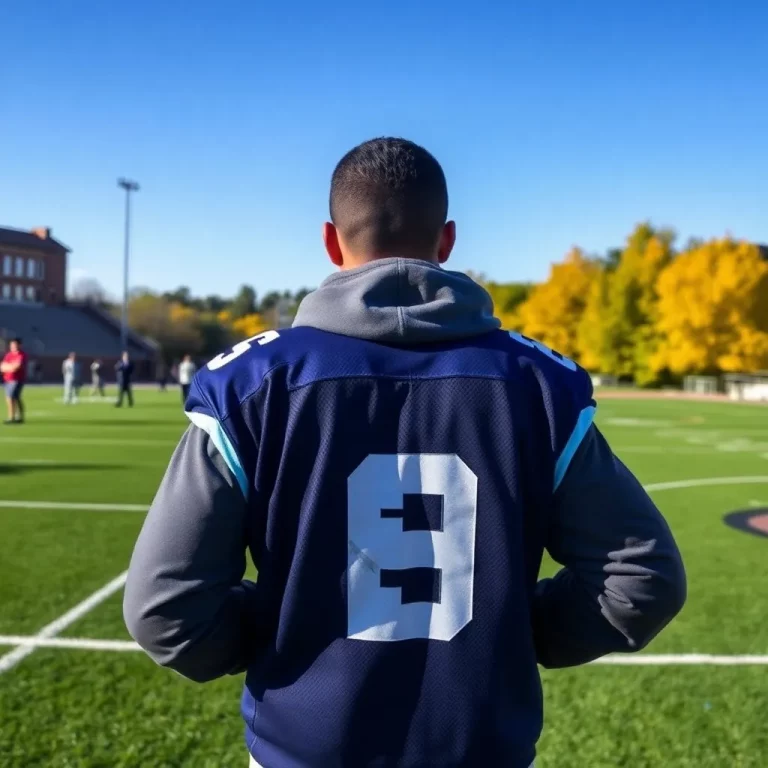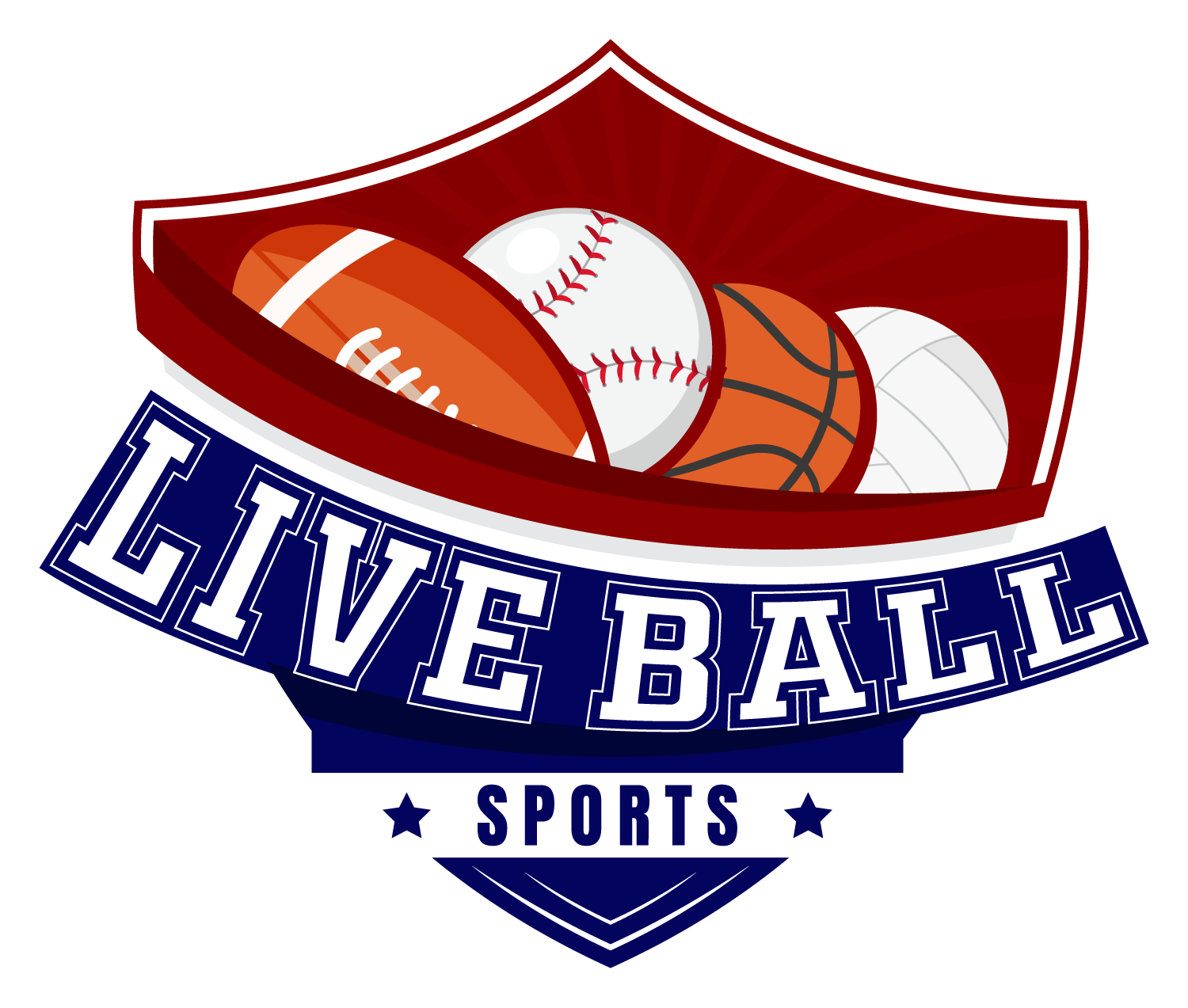Flagstaff, Arizona – Jonny Bottorff, an offensive lineman for Northern Arizona University, has successfully embraced the new opportunities for athletes brought about by name, image, and likeness (NIL) deals to revitalize his college football experience. Since transferring from Missouri Western State University, Bottorff has earned a modest sum in NIL deals, which, while not life-changing, has added some extra cash to his pocket.
At 23 years old, Bottorff is focused not just on football but also on academics. He earned an undergraduate degree and is now pursuing his master’s degree at NAU. “I think the reality for most college athletes is things haven’t really changed that much,” he stated. “We just got an extra little bit of cash in our pockets that probably needed to happen.”
While some college athletes have leveraged their skills into lucrative deals, many still hold their education in high regard, seeing the degree as the ultimate prize. The NCAA reported an impressive figure last year: 91% of Division I athletes graduated, matching or exceeding the rates of their non-athlete peers.
Not all athletes, however, are solely focused on academics. Some players have taken full advantage of NIL opportunities, allowing them to cash in on their popularity while still in college. Although some may get distracted by the money, many understand that education is essential. Anthony Leal, a guard on the Indiana University basketball team, shared his perspective, noting that he returned for a fifth year not for endorsements but to complete his master’s in business administration.
The introduction of the transfer portal has also changed the landscape, making it easier for athletes to find better opportunities at different schools. Athletes like Matthew Sluka from UNLV have faced challenges in navigating these changes, sometimes facing disputes over promised NIL payments.
Despite the evolving market, starting college and ensuring a smooth transition remains a challenge for many athletes. For instance, Ray Harrison, who transferred to Grand Canyon University, found himself dealing with missing credits from his previous college, illustrating that while NIL deals may bring financial benefits, they do not eliminate the challenges of academic progress.
As young athletes, like high school wide receiver Tavarius Covington in Chicago, look forward to potential college careers, they often place education at the forefront. Covington hopes to become the first in his family to earn a college degree while pursuing his football ambitions, a goal that resonates with many aspiring athletes everywhere.
As the NIL market continues to grow, expected to reach $1.67 billion in the coming school year, the balance between athletics and education remains a pivotal consideration for college athletes navigating this new era.



